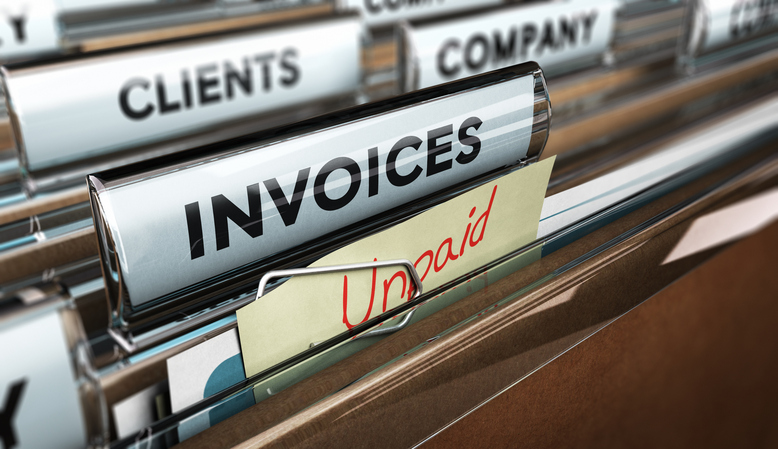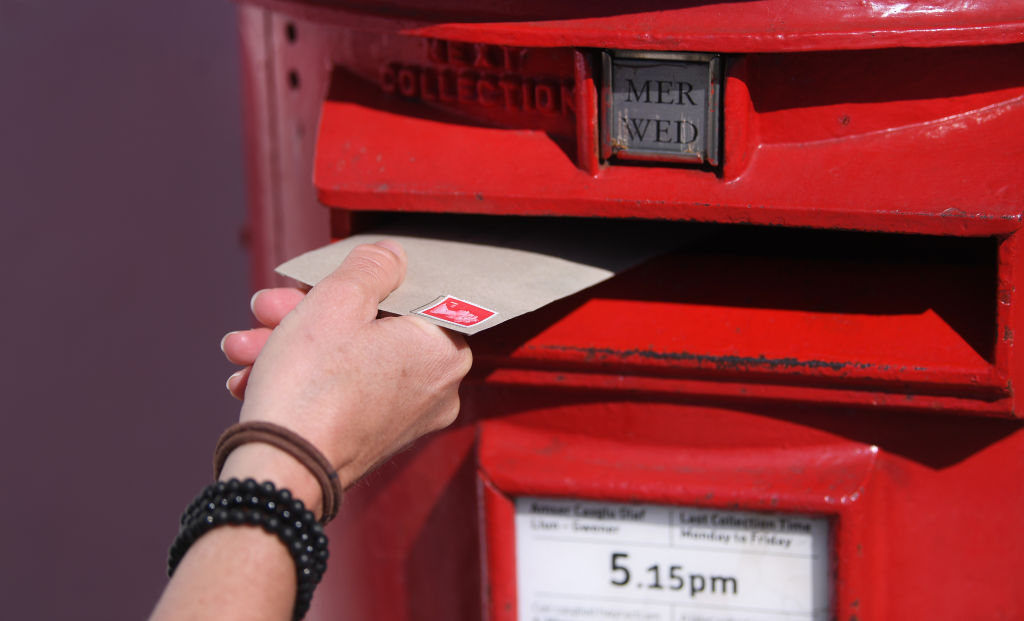Many small business owners face a common problem: getting paid by clients on time. Whether you bill clients monthly, weekly, or another frequency, it always helps to put policies in place to ensure payments arrive on time.
But sometimes, despite your best efforts, things don’t go as planned. The worst-case scenario: your client does not pay your invoice. What happens next?
You may wonder what to do if a client doesn’t pay an invoice. Read on for our guide on collecting unpaid invoices.
Send a Gentle Reminder
The most crucial thing is to prevent a customer’s debt from piling up too much, keep them paying on time, and stop them from paying if they violate your terms of service.
If a client doesn’t pay an invoice, the best thing to do is to send a gentle reminder.
You can accomplish this through phone, email, or even in person. Your reminder should be polite and professional and should explain the consequences of not paying the bill.
You may use a free invoice generator to make one.
It is simple and straightforward to produce a branded invoice with the Adobe Express online invoice generator. Browse the ready-made templates created by skilled creatives.
Then, include your logo, branded colors, and company information, and within moments, you’ll have a unique invoice.
Next Step: Send More Firm Reminders
In some cases, a simple reminder will suffice to convince a customer to pay their account; in other cases, you might need to take more drastic measures or enlist outside assistance.
The next stage is invoicing clients who haven’t paid despite a reminder and sending out more insistent reminders.
This reminder should state that if payment isn’t received within a certain time frame, legal action may be taken. It’s important to follow up with clients who don’t pay their invoices to avoid further issues.
When Will Be the Time to Consider Legal Action?
If a client has not paid an invoice after a second reminder, the next step may be to take legal action.
This includes sending a final notice or filing a lawsuit. To make this decision, businesses should consider the amount of money owed, the length of time invoicing has been unpaid, and the likelihood of successful collections.
If taking legal action is the best option, businesses should be sure to document all correspondence and conversations with the client.
What to Do if a Client Doesn’t Pay an Invoice: Improve Your Chances of Getting Paid
If a client doesn’t pay an invoice, the first thing to do is try to contact them and find out why. You may know what to do if a client doesn’t pay an invoice.
If they’re unable to pay, you may be able to work out a payment plan. If they’re unwilling to pay, you may have to take legal action.
In either case, be sure to document everything and keep records of all communications.
If you enjoyed reading this post, check back often for more that explore just how to improve your business.



